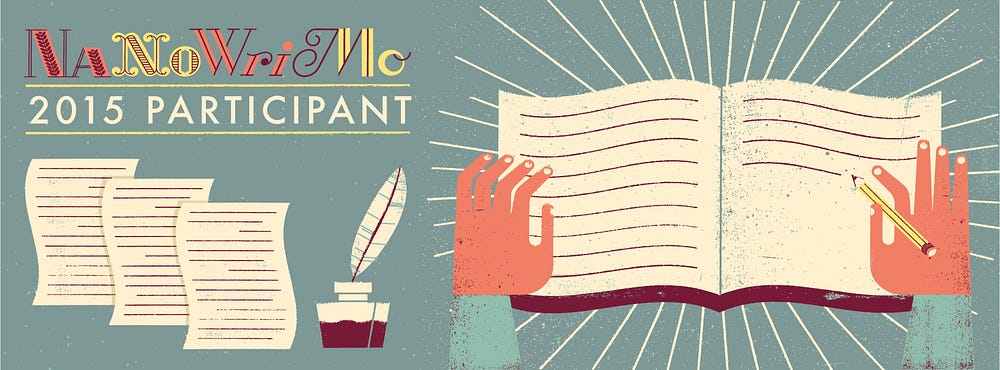

The series of uprisings in 1917 led to a years-long period of civil war between the Bolsheviks (communists) and the Whites (anti-communists), from which the Bolsheviks emerged triumphant.

As a result of this uprising, the last of the Romanovs in Russia (many royals and their supporters had at this point already fled the country) were first placed under house arrest and then executed in 1918. In 1917, widespread strikes and protests broke out across the country, motivated by a desire for better working conditions, better pay and a fairer society. Michael Romanov assumed the position of Tsar of Russia in 1613, which began the approximately 300-year reign of the Romanov family, during which Russia conquered territory in Belarus, Crimea, Ukraine, Georgia, Estonia, Kazakhstan and more. His legacy includes the beginning of the exploration and colonisation of Siberia and the unification of Russia under a nationalist autocrat. Ivan the Terrible crowned himself the first ‘Tsar of all the Russians’ in 1547. The princes of Rus’ bided their time, buttering up their rulers by crushing peasant uprisings, and in the 15th century the nobility of Rus’, led by Ivan the Great, began to take back territory from the Mongols by force. The 13th century saw all Rus’ territories ceded to the Mongols, but the royals were often allowed to continue governing their territories as long as they paid lavish tribute to their Mongol superiors. Legend says the Viking ruler of Novgorod, Oleg, conquered Kiev in the ninth century and used its strategic position to form the Slavic state of Rus’ – a collection of various noble families that coordinated trade but ruled each of their territories independently. However, rudimentary tools unearthed in the North Caucasus region (near Georgia and Azerbaijan) suggest that the greater region has been occupied (not necessarily continuously) for around 1.5 million years. There isn’t a lot of concrete information available on the early humans who lived on the land now known as Russia. Go with an open mind and you’ll find Russians ready and willing to share their hospitality, traditions and love for their country with you. An invitation to dinner will undoubtedly end in the host showering you with copious amounts of food and drink (yes, we’re talking about vodka).įiercely proud of (and vocal about) their contributions to the arts and sciences (brush up on your Tolstoy and Chekov before your visit), Russians don’t take kindly to negative stereotypes and generalisations about their country. Smiles aren’t necessarily doled out just to make strangers feel more comfortable, but no matter where you are, if you’re polite and curious you can expect to be embraced by Russians (though maybe not in the physical sense). Russians may have a reputation for being frosty but most locals across this vast land value camaraderie and hospitality. Around Lake Baikal there is a fairly large population of Old Believers – Christians who practise an older form of Orthodox Christianity and more traditional way of life. There is also a significant population of Muslims and about a quarter of the population identify as non-religious.

The most widely practised religion is Russian Orthodox Christianity, with about 40 per cent of Russians identifying themselves as adherents of the sect. Then there’s the far north and Arctic towns like Murmansk that have an entirely different way of life again. You’ll find the European parts of Russia, like St Petersburg and Moscow, quite fast-paced and cosmopolitan compared to Siberian towns like Lake Baikal. Russia may be one country but it’s the sum of its varied parts.


 0 kommentar(er)
0 kommentar(er)
